Building a new home or commercial property in Austin can be an exciting venture, but it comes with its own set of challenges. From navigating city regulations to selecting the right contractors, every step requires careful planning and execution. Whether you are a first-time builder or an experienced developer, implementing proven Austin construction strategies can save time, reduce costs, and ensure a successful outcome. At ABC Central Texas, we’ve compiled ten essential Austin construction tips to guide your next project.
1. Understand Local Building Regulations
Before breaking ground, familiarize yourself with Austin’s building codes and zoning regulations. The city has specific requirements regarding permits, land use, environmental standards, and safety codes. Hiring a local contractor experienced in Austin construction can help you navigate these regulations efficiently. Failing to comply can result in fines, project delays, or even the need to redo work, which can significantly increase costs.
2. Set a Realistic Budget
A clear, well-planned budget is crucial for any successful Austin construction project. Costs can vary depending on materials, labor, permits, and unexpected challenges. Factor in a contingency fund of at least 10% to 15% for unforeseen expenses. By establishing a realistic budget upfront, you minimize the risk of overspending and ensure that your project remains financially viable from start to finish.
3. Choose the Right Contractor
Selecting the right contractor can make or break your Austin construction project. Look for licensed, insured, and experienced professionals who specialize in local projects. Check references, review past work, and ensure clear communication throughout the project. A reputable contractor will not only provide quality workmanship but also assist in obtaining permits, managing timelines, and resolving potential issues quickly.
4. Prioritize Site Preparation
Proper site preparation is often overlooked but is critical for a durable and safe construction project. Conduct soil testing, clear debris, and ensure proper drainage to prevent future structural problems. Adequate site preparation reduces the likelihood of foundation issues, water damage, and costly repairs, ultimately contributing to the longevity of your Austin construction project.
5. Plan for Energy Efficiency
Sustainable construction practices are increasingly important in Austin. Incorporating energy-efficient materials, appliances, and designs can save money over time and meet city energy codes. Consider insulation, solar panels, energy-efficient windows, and smart home systems. Not only does this approach reduce utility costs, but it also enhances the value and appeal of your property.
6. Schedule Wisely
Construction timelines in Austin can be affected by weather, contractor availability, and permit approvals. Developing a detailed project schedule helps coordinate tasks and avoid costly delays. Include milestones for inspections, material deliveries, and contractor reviews. Efficient scheduling ensures that your project progresses smoothly, preventing bottlenecks and miscommunications.
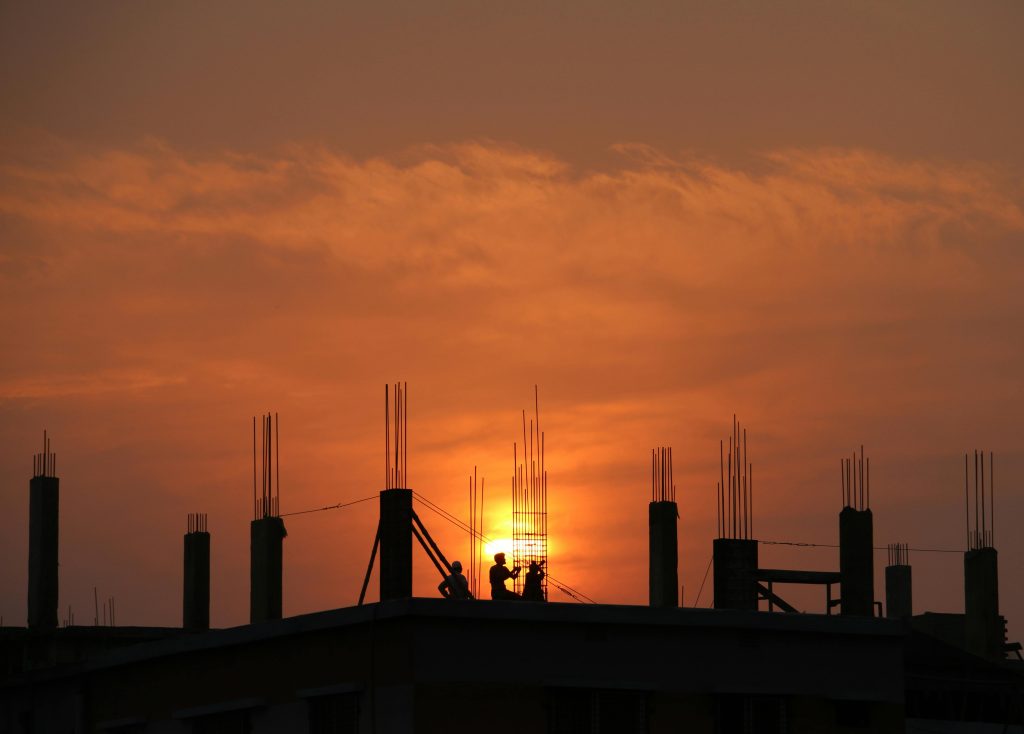
7. Focus on Quality Materials
Using high-quality construction materials is essential for durability and aesthetics. In Austin construction, materials must withstand local weather conditions, including heat, humidity, and occasional storms. Investing in superior roofing, siding, and structural materials can reduce maintenance costs and extend the lifespan of your property. Quality materials also contribute to a professional finish that enhances resale value.
8. Monitor Construction Progress
Regularly monitoring construction progress ensures that the project adheres to the original plans, budget, and timeline. Conduct site visits, hold progress meetings with contractors, and document any issues immediately. Active oversight allows you to address potential problems early, maintain quality control, and prevent small issues from turning into major setbacks.
9. Incorporate Smart Technology
Modern Austin construction projects often benefit from integrating smart technology. Automated lighting, climate control, security systems, and smart appliances improve convenience, efficiency, and property value. Planning for technology integration during the construction phase ensures seamless installation and avoids costly retrofits after the project is completed.
10. Plan for Landscaping and Outdoor Spaces
Don’t overlook the importance of landscaping in your Austin construction project. Proper landscaping enhances curb appeal, improves property value, and supports environmental sustainability. Consider native plants, efficient irrigation systems, and outdoor living spaces. A well-designed exterior complements the overall property and provides a welcoming, functional environment for residents or clients.
Conclusion
Successful Austin construction requires careful planning, expert guidance, and attention to detail. By understanding local regulations, setting realistic budgets, choosing the right contractors, and prioritizing quality, you can minimize risks and achieve your building goals efficiently. Following these ten essential Austin construction tips from ABC Central Texas ensures your project not only meets expectations but also delivers lasting value. Start your next project with confidence, knowing you have a solid foundation for success. Your journey starts at our homepage—check it out today.
FAQ
1. How long does an average Austin construction project take?
Project duration varies depending on the size and complexity of the build. Residential projects typically take 6–12 months, while commercial projects may take 12–24 months. Proper scheduling can help manage timelines effectively.
2. What are common challenges in Austin construction?
Common challenges include navigating building codes, managing costs, dealing with weather delays, and ensuring quality control. Hiring experienced local contractors can mitigate these risks.
3. How can I make my Austin construction project more sustainable?
Incorporate energy-efficient materials, solar systems, efficient insulation, and native landscaping. Sustainable construction reduces long-term costs and environmental impact while complying with local regulations.
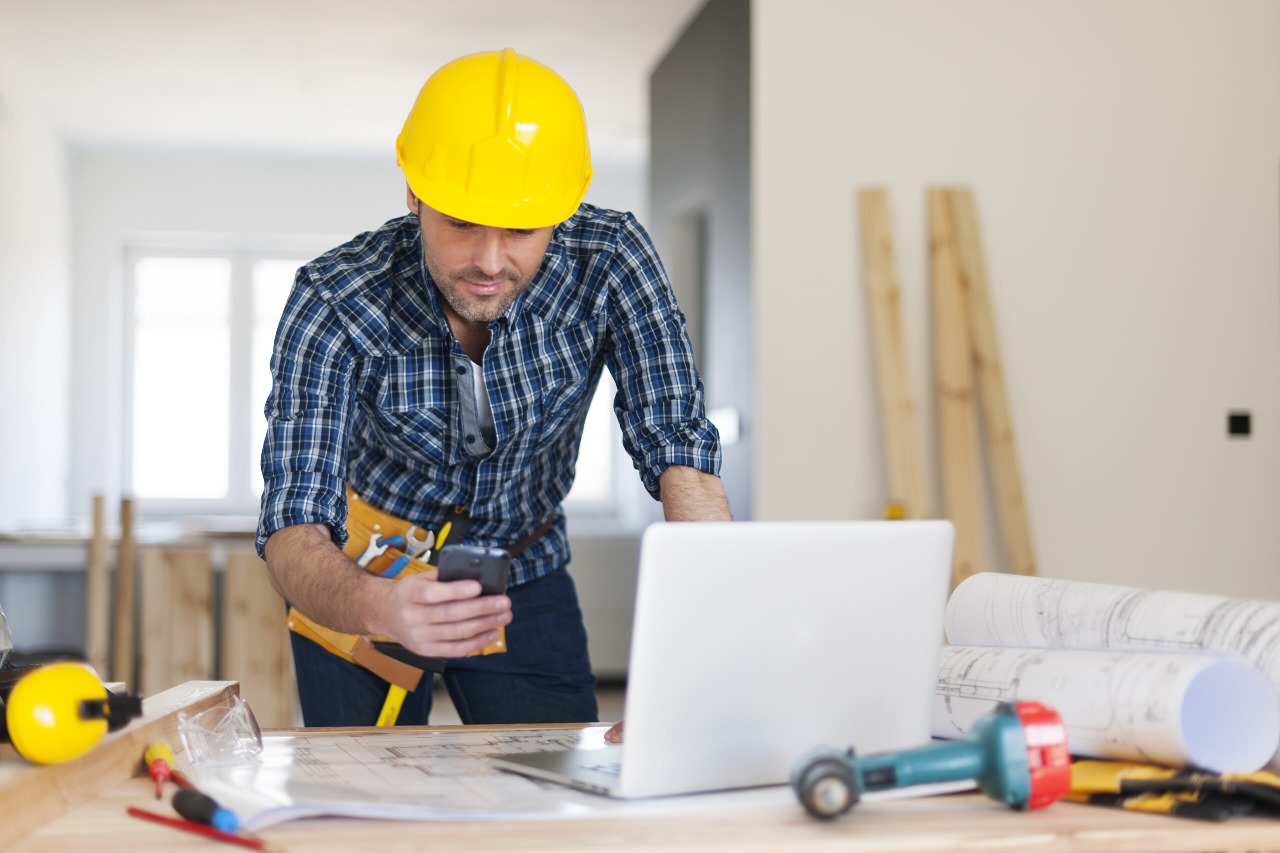



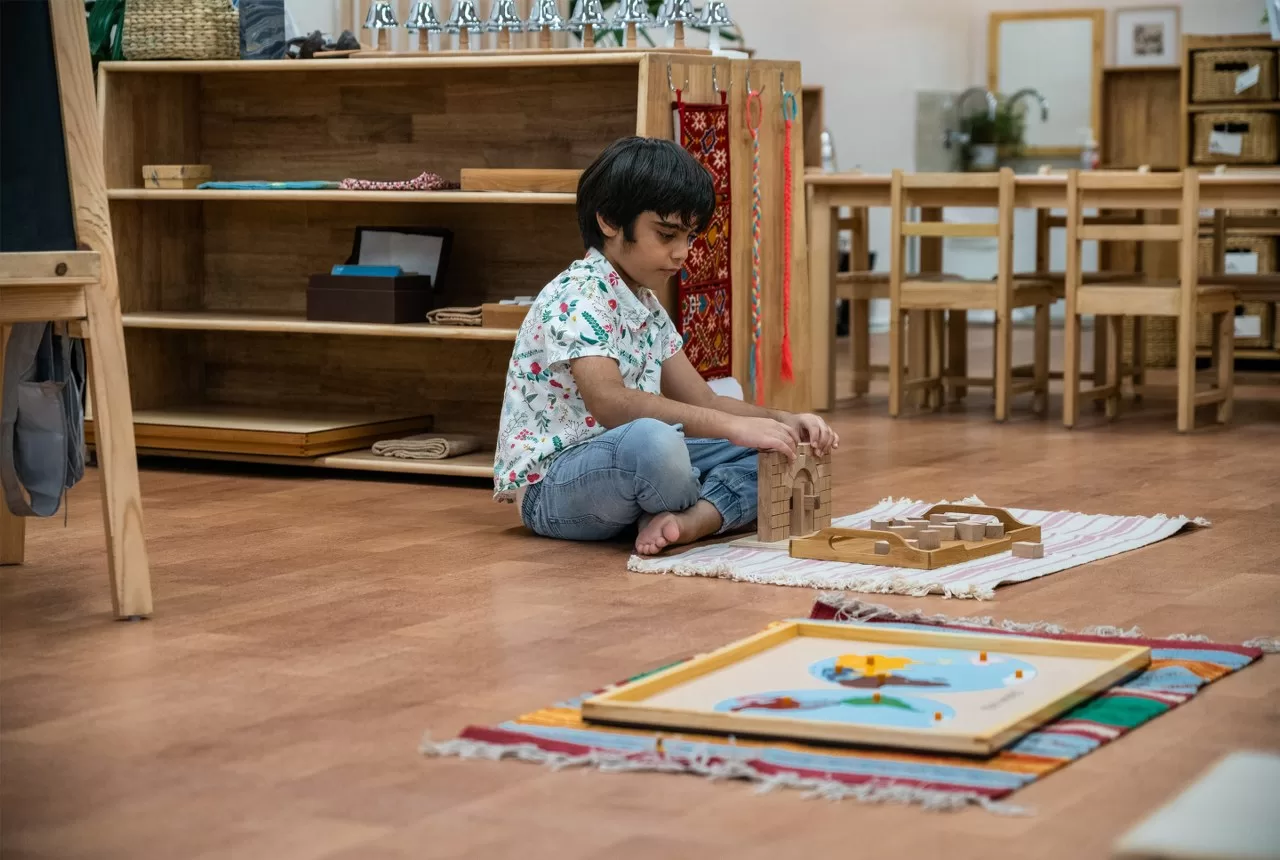


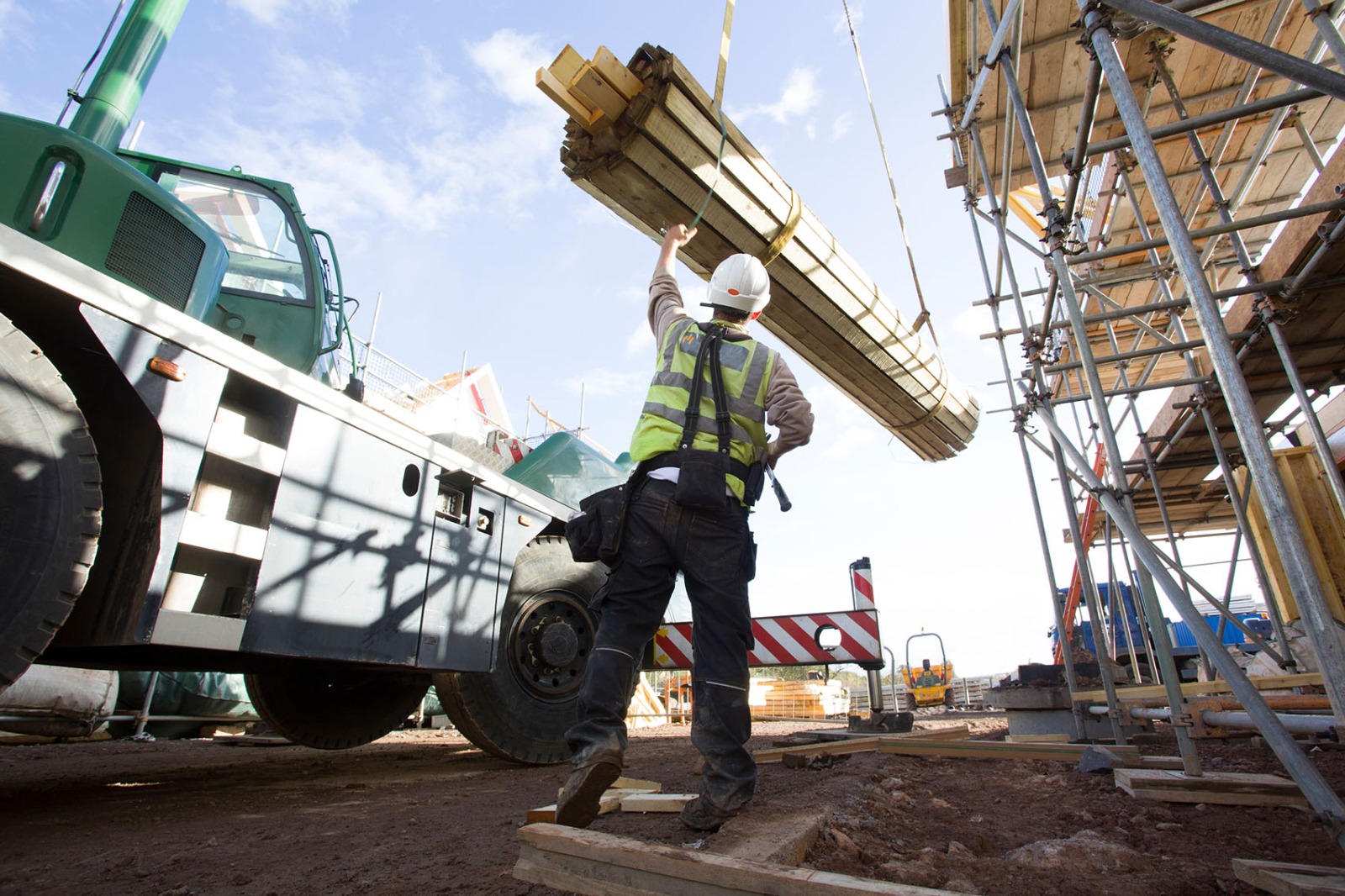


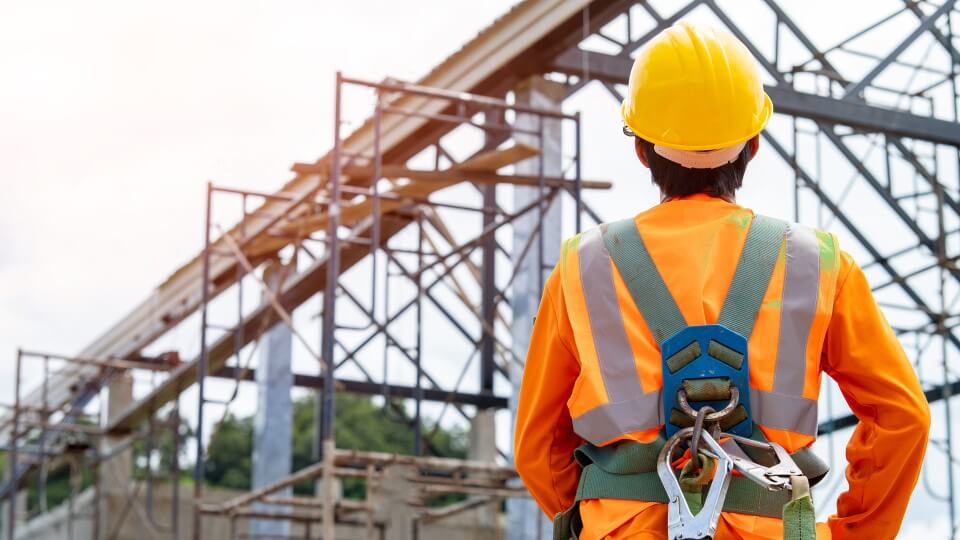
Leave a Reply